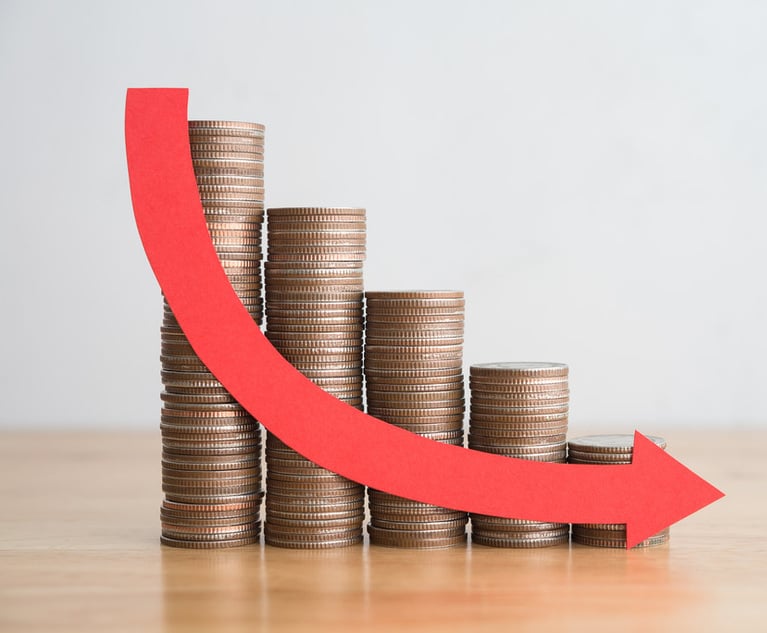(Bloomberg) -- In the U.S, government-backed insuranceplans help compensate farmers for losses after natural disasters.
|Unfortunately for the produce growers that were ravaged byrecent hurricanes, a lot of the nation’s vegetable and fruit cropsaren’t covered.
|Hurricanes Irma and Harvey, which devastated parts of Florida,Texas and the Gulf Coast, also hit some of the nation’sleast-insured crops, based on data the U.S. Department of Agriculture released in areport Wednesday. Nationwide, only 16% of peppers and 2% ofstrawberries, both key Florida products, are covered byinsurance.
|'Extreme weather events are coming more often'
"Extreme weather events are coming more often, and farmers do needtools," said Krysta Harden, a former deputy secretary of theUSDA, who’s now the chief sustainability officer and vice presidentfor public policy for the agriculture division of DowDuPont Inc. "Cropinsurance helps them deal with these extreme weather patterns. Theneed for it is increasing," she said in an interview in NewYork.
Federally backed crop insurance, which paid out a record $17.5billion after a drought hit the Midwest in 2012, has become themain government protection for farmers against weather damage.
|While plantings of crops like cotton are 100% covered by thegovernment program, produce has lagged behind, with only 34% ofvegetable acreage covered and many less-common products not coveredby the program at all. In some instances, farmers have chosen notto get insurance. In others, the offerings are limited:Strawberries, for example, are only covered through a small pilotprogram.
|‘Rare events’
"Rare events can make it more challenging to develop policies, butwe have very long records of hurricane strikes in the U.S.," saidTom Worth, the chief actuary for the USDA’s crop-insurance program."One year is not the driver, but we’re learning more about therisks."
Low insurance coverage in some crops shows the need for betterweather and crop-history data the government can then use todevelop risk-protection tools, said Leiann Nelson, the seniorunderwriter for the USDA’s Risk ManagementAgency. She’s also the author of the insurance-coverage report,the first of its kind released since 2013.
|"It all comes down to data," Nelson said in a phoneinterview from her office in Kansas City, Missouri. "We haveto have the information for what risks crops face to create aproduct that’s actuarially sound."
|Related: Is climate change affecting insuranceclaims?
|Agricultural damage from Harvey, which reached Texas in August,and Irma, which touched Florida earlier this month, hasn’t beenfully tallied. Agriculture Secretary Sonny Perdue pegged Harveylosses near $1 billion on Sept. 11. Still, it’s too early topredict crop-insurance payouts for the disasters, according toHeather Manzano, the acting administrator for the USDA’s RiskManagement Agency.
|More responsive
In general, the insurance program is becoming more responsive tofarm disasters as it has expanded, Nelson said. The number of croptypes covered has risen to 551 this year from 325 in 2000.
While most produce coverage lags behind grains, oranges are ananomaly — good news for Florida farmers, who are the world’ssecond-biggest growers. There’s insurance covering 86% of thefruit’s U.S. acres.
|Farmers who don’t use crop insurance can manage risk throughother means, said Daniel Sumner, an agricultural economist at theUniversity of California-Davis.
|"Diversification in crops, diversification in market channels,saving and investments across alternative instruments, lines ofcredit, vertical integration and using tools like forwardcontracting" can hedge risk, Sumner said in an email. Growers ofshort-season fresh produce can sometimes simply replant, as theyhave several harvests per year, he said.
|Not every crop has the data or support from growers to justifydeveloping insurance, Nelson said. The USDA report includes asection on the feasibility of policies for different crops.Broccoli and artichoke growers rejected the idea, while mango andguava support was insufficient, even though the USDA felt it coulddesign insurance for such crops.
|More highlights from the USDA report
- About 86% of U.S. crop acreage was covered by insurance in2015, up from 73% in 2000 and 36% in 1990.
- Tobacco, peanuts, corn and soybeans are insured on at least 89%of all acres, and 85% of wheat is covered.
- About 46% of payouts last year were because of heavy rains andfloods, while 23% relieved drought and 11% covered hail.
- Federally backed crop insurance had a 20-year average annualloss ratio of 0.85%, within guidelines.
- The rate of improper payments declined to 2.02% in2016. For comparison, the Supplemental Nutrition AssistanceProgram, the biggest USDA program, had an error rate of 3.66% in2014, the last year for which data is available.
Copyright 2018 Bloomberg. All rightsreserved. This material may not be published, broadcast, rewritten,or redistributed.
Want to continue reading?
Become a Free PropertyCasualty360 Digital Reader
Your access to unlimited PropertyCasualty360 content isn’t changing.
Once you are an ALM digital member, you’ll receive:
- All PropertyCasualty360.com news coverage, best practices, and in-depth analysis.
- Educational webcasts, resources from industry leaders, and informative newsletters.
- Other award-winning websites including BenefitsPRO.com and ThinkAdvisor.com.
Already have an account? Sign In
© 2024 ALM Global, LLC, All Rights Reserved. Request academic re-use from www.copyright.com. All other uses, submit a request to [email protected]. For more information visit Asset & Logo Licensing.








